1. Harsh Overhead Lighting
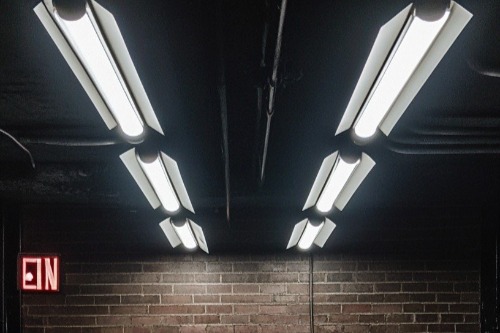
Nothing makes a space feel colder than bright, glaring overhead lights. When the lighting is too harsh, it can cast unflattering shadows and wash out the warmth of the room. Guests often feel like they’re in a waiting room instead of a living space. It doesn’t matter how nice your furniture is—if the light feels sterile, the whole room does too.
Instead, multiple sources of softer lighting can make a world of difference. Floor lamps, table lamps, and wall sconces create a more inviting glow. Even dimmable bulbs can add flexibility, letting you adjust based on mood or activity. Lighting should flatter both people and the room, not make either feel uncomfortable.
2. Too Many Family Photos

Personal touches make a home feel warm, but overdoing it with family photos can feel overwhelming. Guests may feel like they’ve stepped into a private gallery rather than a shared space. It can unintentionally create distance, as though the room isn’t really meant for them. Balance is key here—too much of anything, even love, can feel like a lot.
A few framed photos on a shelf or wall is charming and inviting. But mixing in art, plants, or neutral décor helps make the space feel inclusive. Guests can appreciate your personality without feeling excluded from it. The best homes feel lived in while still welcoming to anyone who enters.
3. Plastic Furniture Covers
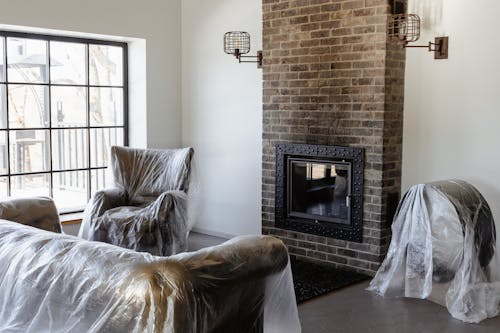
Plastic covers on couches or chairs immediately send the message: “Don’t get too comfortable.” While they may be practical for protection, they take away all the tactile warmth of fabric and cushioning. Nobody enjoys sitting on something that squeaks or sticks to their skin. Instead of feeling at ease, visitors feel like they’re walking on eggshells.
It’s better to invest in washable slipcovers or stain-resistant fabrics if you’re worried about spills. These solutions are easier on the eyes and the body. They allow your furniture to actually serve its purpose: being enjoyed. A home should encourage comfort, not discourage it.
4. Strong Artificial Scents
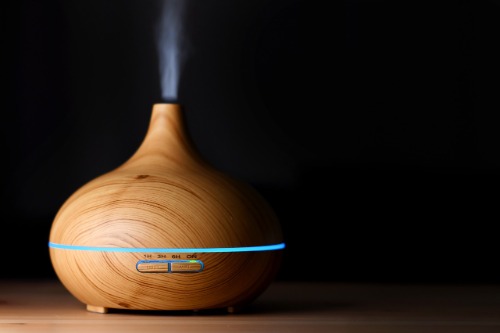
Walking into a wall of overpowering fragrance can instantly put people off. Whether it’s candles, plug-ins, or sprays, too much scent feels artificial and heavy. Some guests may even be sensitive or allergic to strong fragrances. Instead of smelling welcoming, the room feels like it’s hiding something.
A subtle scent, however, can create a pleasant background note. Think fresh flowers, lightly scented candles, or a simmer pot on the stove. These choices feel more natural and less intrusive. Scents should enhance, not dominate, the space.
5. Cluttered Surfaces

When every surface is covered with trinkets, papers, or knickknacks, it can feel chaotic. Guests may worry about knocking something over or not knowing where to put down their drink. Clutter communicates stress and lack of space, even in a large room. Instead of relaxing, people feel like they have to stay on guard.
Editing your surfaces makes a huge difference. A few carefully chosen items—like a lamp, a book, or a small plant—are plenty. This leaves space for both function and calmness. A cleaner surface feels welcoming because it shows you’ve made room for others.
6. Cold Flooring Without Rugs
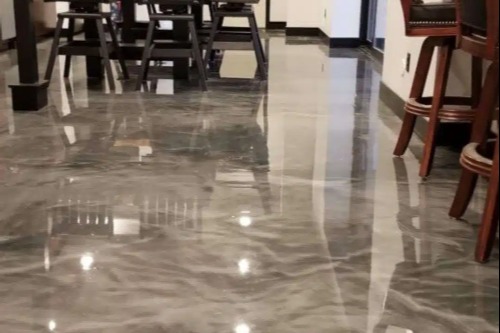
Bare tile or hardwood floors can make a room echo and feel chilly. Without rugs, the space may lack warmth both physically and visually. Guests’ feet may feel uncomfortable, and the whole room feels unfinished. Even beautiful flooring can feel sterile without a layer of softness.
Rugs anchor a room and add texture, warmth, and sound absorption. They also create zones in open spaces, making the layout feel intentional. Even a small area rug can soften the mood of a room. It’s a small touch with a big impact.
7. Matching Everything Too Perfectly

While coordination is nice, overly matching décor can feel stiff. When everything looks like it came from the same catalog page, the space loses personality. Guests might feel nervous about messing it up. Instead of cozy, it reads as overly curated.
Mixing textures, colors, and styles makes a room feel more lived-in. A blend of old and new gives character while still being polished. The goal is harmony, not uniformity. A little variety creates visual interest and comfort.
8. Empty Walls
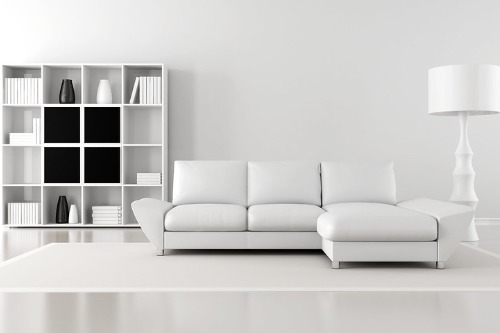
Blank walls can make a room feel cold and unfinished. While minimalism has its place, bare walls often make a home feel impersonal. Without art, mirrors, or shelves, there’s nothing to draw the eye or reflect the personality of the people living there. Guests may feel like they’re in a temporary space rather than a true home.
Adding wall décor doesn’t have to mean clutter. Even one large piece of artwork or a gallery wall of smaller items makes a big difference. Mirrors can also brighten and expand the feel of a room. What’s on the walls helps tell the story of the space.
9. Uncomfortable Seating
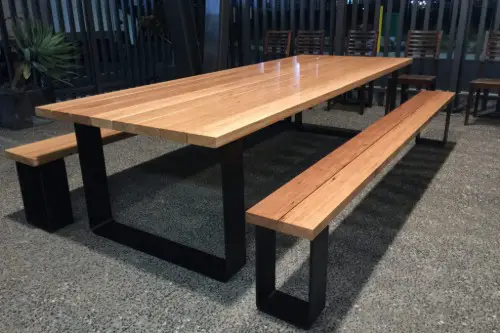
No one wants to linger in a room where the furniture looks better than it feels. Hard chairs or overly delicate seating discourage relaxation. Guests may feel self-conscious, afraid they’ll break something or sit the wrong way. A beautiful but uncomfortable chair is more sculpture than furniture.
The best seating balances style with comfort. Cushions, supportive backs, and armrests invite people to settle in. Even casual throws or pillows make seating more inviting. People should feel welcome to stay awhile, not hurry to leave.
10. Too Many Rules
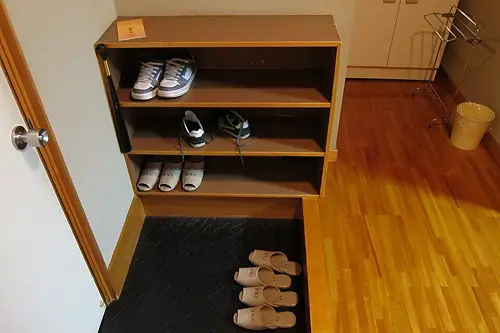
A home filled with “no food here,” “no shoes there,” and “don’t touch this” signs instantly feels restrictive. Guests pick up on the atmosphere of control and fear they’ll accidentally offend. Instead of enjoying themselves, they spend their energy trying not to misstep. That tension makes a space feel far from welcoming.
Of course, some boundaries are practical, like asking people to remove muddy shoes. But keeping rules minimal and friendly sets a lighter tone. A simple request feels respectful, while multiple demands feel stifling. Hospitality thrives when comfort takes priority over control.
11. Dark, Heavy Curtains

Thick, dark curtains may block out light, but they can also block out warmth. Rooms with too little natural light tend to feel cave-like and unwelcoming. Guests may feel drowsy or disconnected in such spaces. Heavy window coverings can make even a sunny day feel gloomy.
Lighter curtains or layered window treatments let you control light without eliminating it. Sheer panels can soften a room while still allowing brightness. Natural light creates energy and positivity in a space. A welcoming room often feels brighter and more open.
12. Lack of Personal Touches
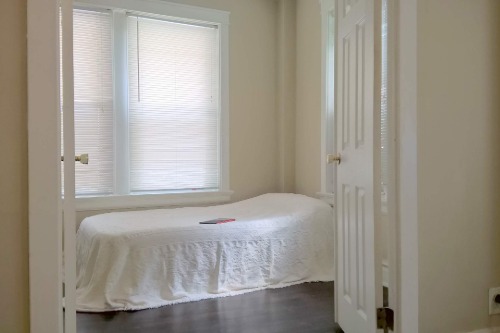
On the flip side of too many family photos is the problem of having none at all. A room with no personal items can feel like a hotel lobby—nice to look at but emotionally empty. Guests may wonder who really lives there. The absence of personality makes it hard to connect with the space.
Adding a few personal details brings warmth. A favorite book on the coffee table, a travel souvenir, or an heirloom piece tells a story. These touches invite conversation and make a home feel authentic. People connect more easily when they can see pieces of your life.
13. Ignoring Temperature Comfort
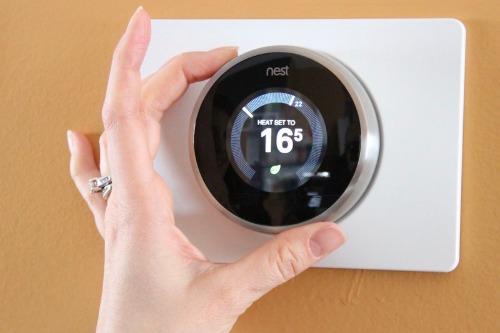
A room that’s too hot or too cold can ruin even the most beautifully decorated space. Guests who are shivering or sweating won’t feel relaxed. Décor choices like leaving windows drafty or not having proper airflow can make things worse. Even great style can’t fix basic physical discomfort.
Simple adjustments can make a big difference. Area rugs, throws, and layered bedding help regulate warmth. Ceiling fans or open windows improve airflow. When people feel physically at ease, the room naturally feels more welcoming.
This post 13 Small Décor Choices That Instantly Make a Space Feel Unwelcoming was first published on Greenhouse Black.
